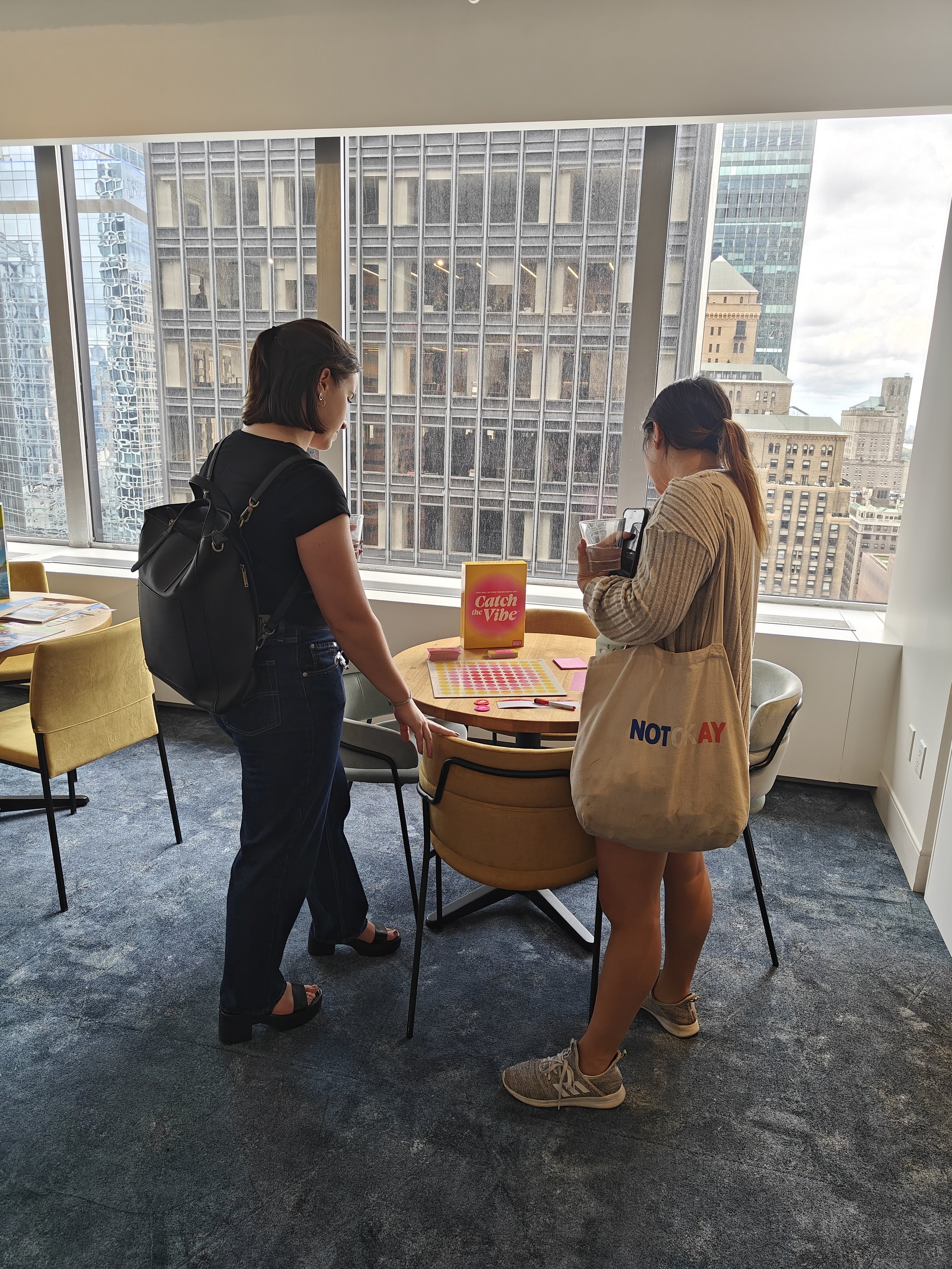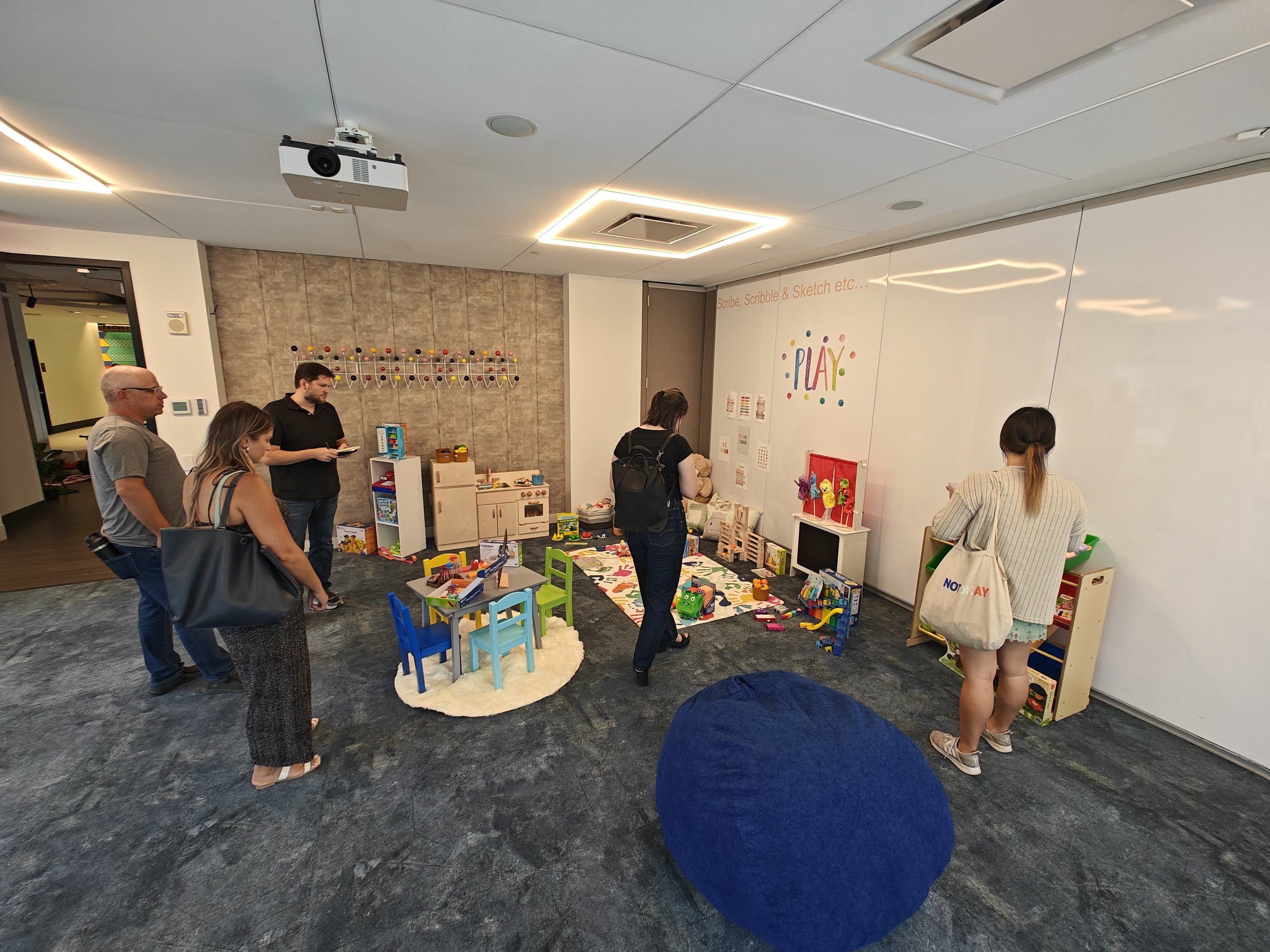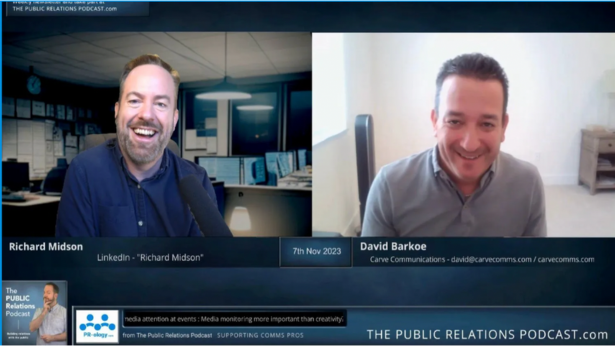Demonstrating Value: How To Break Through the Noise
Written by David Barkoe
Published December 14, 2023
One of our four core tenets at Carve is value before features. We help our clients communicate why their product or service is valuable.
Sounds obvious, right? But it’s easy to fixate on features.
I could list all the features of my smartphone — cameras, pixels, megabytes — without actually explaining why it’s valuable to me. And too many of today’s SaaS platforms to count offer AI, machine learning, natural language processing, or cloud computing without demonstrating the benefit for their customers.
If you rely solely on features to explain why your brand, or product, matters, you’ll get lost in the crowd. The only way to get your product or service the attention it deserves is by demonstrating the value it provides to your target audience.
Pro Tip: A good start is to think about how you would define or identify “value” in your life and work. We once crowdsourced the definition of value from a group of client service professionals. This is where we landed: “understanding what is most beneficial to your client and delivering on it above and beyond.” So, if you were to look at that from a product or service perspective, I like leading with “above and beyond.” How does your product or service go above and beyond?
One of my favorite examples of using value to capture media attention is from the Consumer Electronics Show (CES) back in 2019. CES is an enormous event that drew 175,000 attendees and 4500 exhibitors that year.
Our client Imalac, a company that provides solutions and support to nursing women, hadn’t even released their breast pumping device to the public yet — but they ended up with a long line of reporters who were eager to hear after witnessing the value their products brought to nursing mothers.
Here are the tactics we used to help Imalac break through the noise, and how you can use them to demonstrate your brand’s value.
Before All Else, Nail the Narrative.
When you’re pitching a reporter, they only want to know four things about your client: the what, why, how, and who.
You need them all for a pitch to land, but the “why” is crucial to the importance of brand value. Why does this product or service exist? Why is it better than the alternative? Why should anyone care?
The market for breast pumps is crowded, but Imalac had a great story and a clear value proposition. It offered a hands-free pumping device, invented by a mother-daughter team who had both struggled with breastfeeding and were now helping nursing mothers increase milk production.
Your “why” can be about your product, but it might be about how you do good in your communities (think: Tom’s shoes or Bombas socks) or support your users post-purchase. Our B2B client Contentstack sets itself apart from other content management systems with its “ecosystem of care” that makes sure customers get the most out of its technology.
Once you nail your “Why,” consider these four routes to show value.
Demonstrating Brand Value: Examples
1. Show, Don’t Tell.
You could demonstrate value by sharing metrics or data. But why not go a step further and show your product in action? Imalac’s booth at CES wasn’t just a display case for their hands-free breast pump. They brought in two women to use the device live.
You’ve got to think like a reporter. What are they going to pay attention to? What’s going to convince them of the “why” behind your product? What will make them want to tell your story?
In early 2023, we ran a media event for several Carve clients with this question in mind. We’ve all been to those media events where you put your products on a table for reporters to (hopefully) look at. They don’t really demonstrate the value of your products to the media.
With Carve-X, we rented a space with multiple rooms that we set up to let reporters get hands-on with our clients’ toys, games, and other products. The venue was transformed into a “home,” emulating the environment where the products would be used – playrooms, living rooms, and more. We even had people riding one client’s electric scooters up and down the halls.
By letting reporters actually experience the product, we demonstrated brand value better than we ever could have across a table.
2. Get Others To Speak on Your Behalf.
Showing the value of your product is great — but getting someone else to talk about your value is even better.
Media is a highly effective tool for gaining third-party validation that elevates and reinforces your brand. For example, Google Search Relations team lead John Mueller says that a backlink from a news website can boost your website’s position in search results. Customers and industry groups can also be powerful voices for communicating and demonstrating the value of your product to your target audience. Gartner found that B2B buyers “value third-party interactions” — such as reading reviews or consulting with experts — 1.4x more than interacting with a brand itself.
The women who demonstrated Imalac’s breast pump at CES were nursing mothers and members of the Southern Nevada Breastfeeding Coalition, a local industry group. Their involvement gave credibility and authority to Imalac’s narrative.
Our client Victrola, the leading vinyl record player manufacturer of turntables and audio equipment, was launching a new product, the Victrola Stream Onyx. This new turntable is compatible with Sonos speakers, allowing listeners to wirelessly stream their vinyl records. Victrola needed to reach its target audience: vinyl enthusiasts and record player experts, as well as Sonos users.
What better way to show the value of the product than by featuring members of the target audience themselves? Advocates across the board were vinyl aficionados who shared how the product fit right into their current set-up, emphasizing the ease of use and setup and demonstrating value.
3. Show off the People Behind the Brand.
Use your spokespeople to humanize the story of value that you’re telling. People want to like and trust the brands they engage with — make it easy for them by showing the expert and relatable people behind your products.
We had powerful spokespeople in Imalac’s mother-daughter duo who founded the company to address problems they both suffered as nursing mothers.
In addition to knowing the problem firsthand, they each brought authority to the product they invented: mother Noreen worked with a medtech accelerator where scientists were researching breast pumps and daughter Rachael was a Certified Lactation Consultant.
Getting quoted in the media is just one tactic. You can also amplify your spokespeople’s authority and experience through speaking engagements, posting on social media, and securing bylines (like this piece we secured for our client, the CBO of Quickplay).
Pro Tip: Building up your brand’s executive presence on LinkedIn shows that you’re more than just promoting your latest product or feature upgrade. Diving deeper into your spokesperson's POV, giving a behind-the-scenes look at why you do things the way you do, and sharing information that isn’t quite on the surface gives your audience a better feel for your brand’s personality and value. Storytelling is of the utmost importance for brand value.
4. Quality Over Quantity.
CES is a great event, and we’re proud of what we accomplished there with Imalac in 2019. But just because an event has 175,000 attendees doesn’t make it the best place to show off your brand.
Sometimes you should focus on quality over quantity. You may have more success demonstrating the value of your product at a niche industry meeting than at a massive conference hall or crowded happy hour.
Small events can also be a great opportunity to test and refine your message, gain validation from your industry, and build momentum ahead of a bigger event. Imalac captured buy-in from members of the International Lactation Consultant Association at their annual meeting and other parenting-focused events before and after they went big at CES.
“Quality over quantity” is the same mindset we recommend for landing media coverage. Instead of spraying hundreds of reporters with a generic pitch, identify reporters who are likely to care about your value proposition and build relationships with them.
Proving value isn’t a one-and-done. You’ve got to continually seek out opportunities to show your target outlets, customers, and industry peers why your brand matters. Don’t get caught up in telling them what you do — prove to them that they should care.
P.S. Listen to me dive into this topic further on The Public Relations Podcast with Richard Midson!










